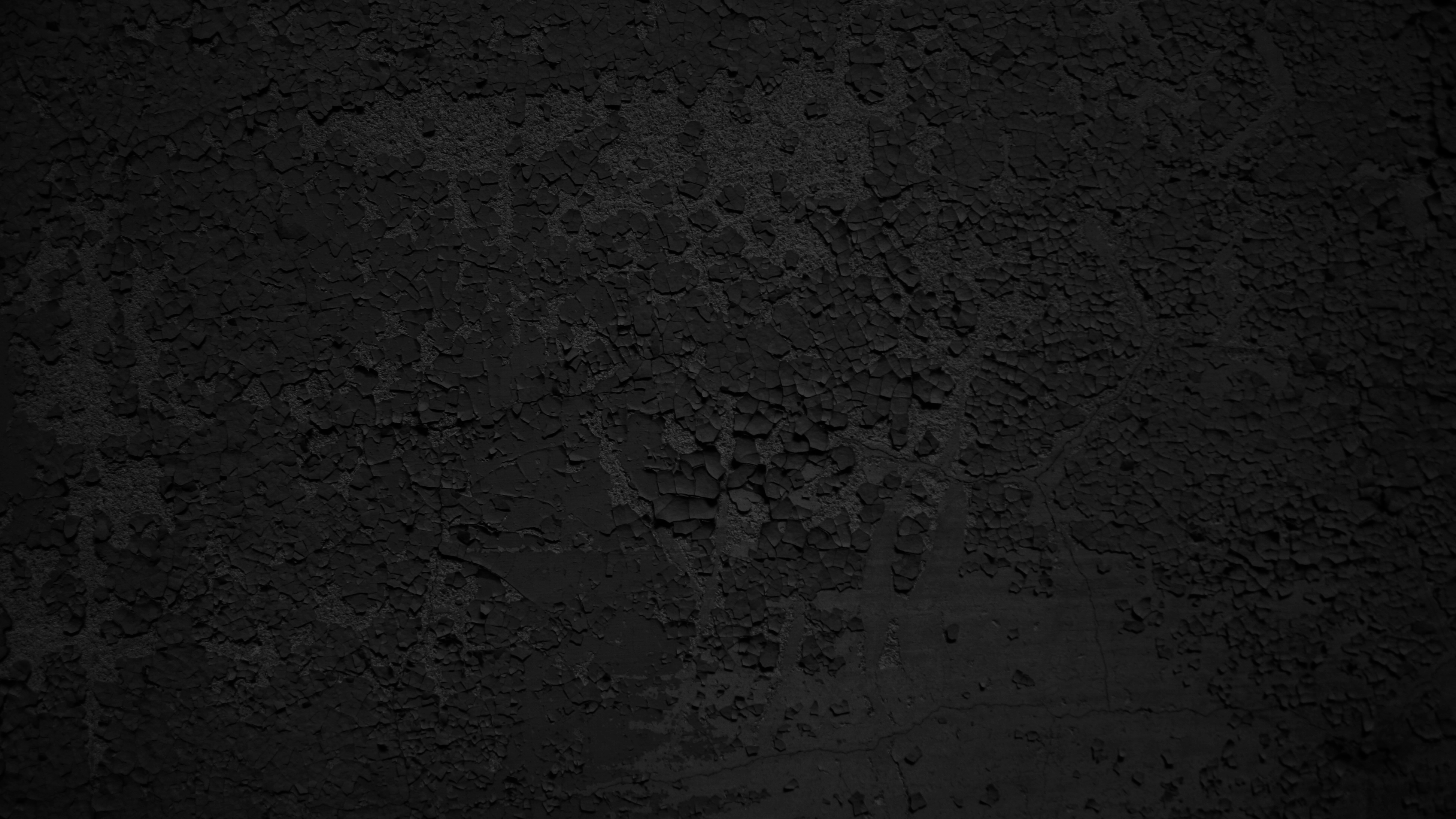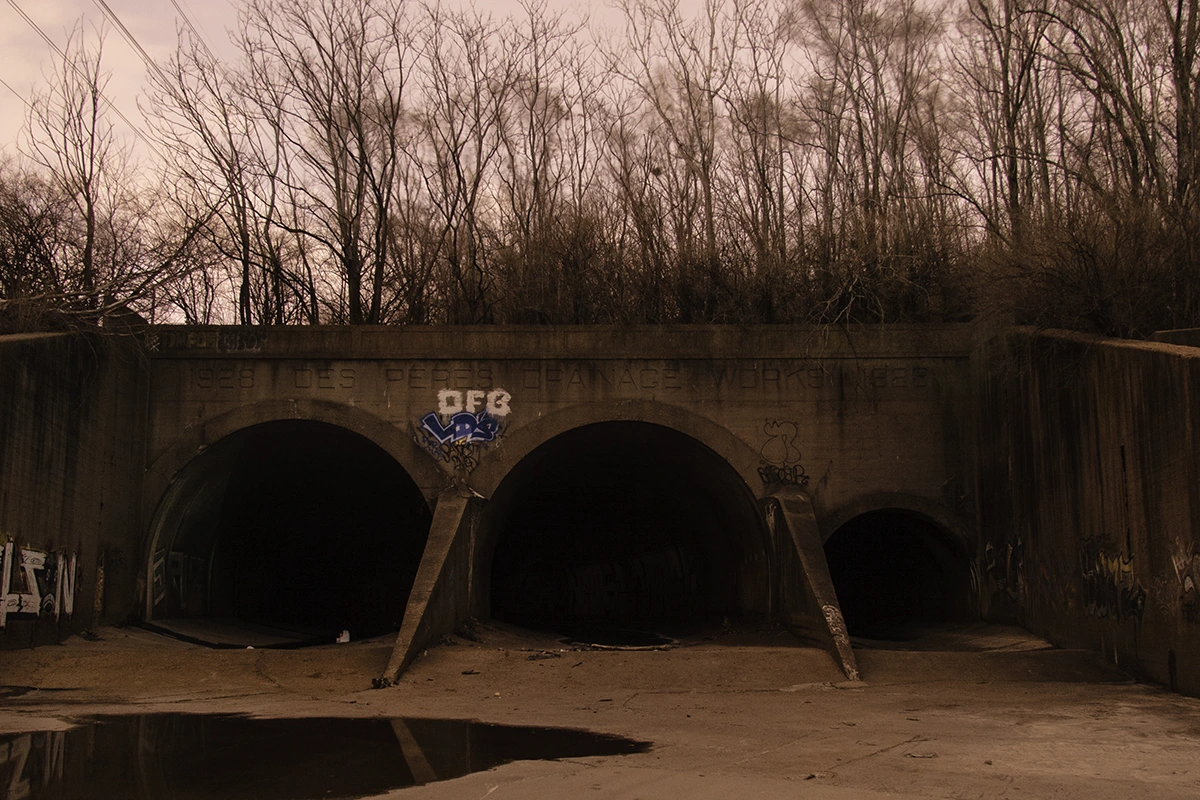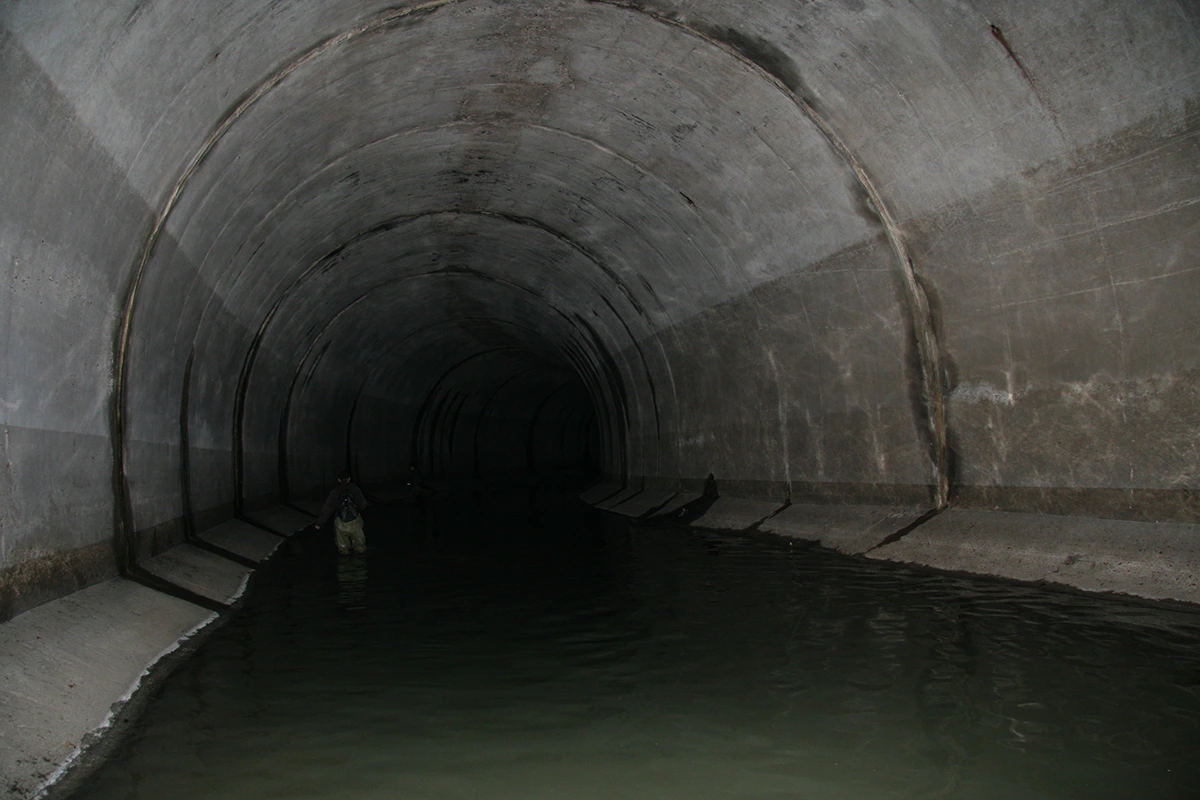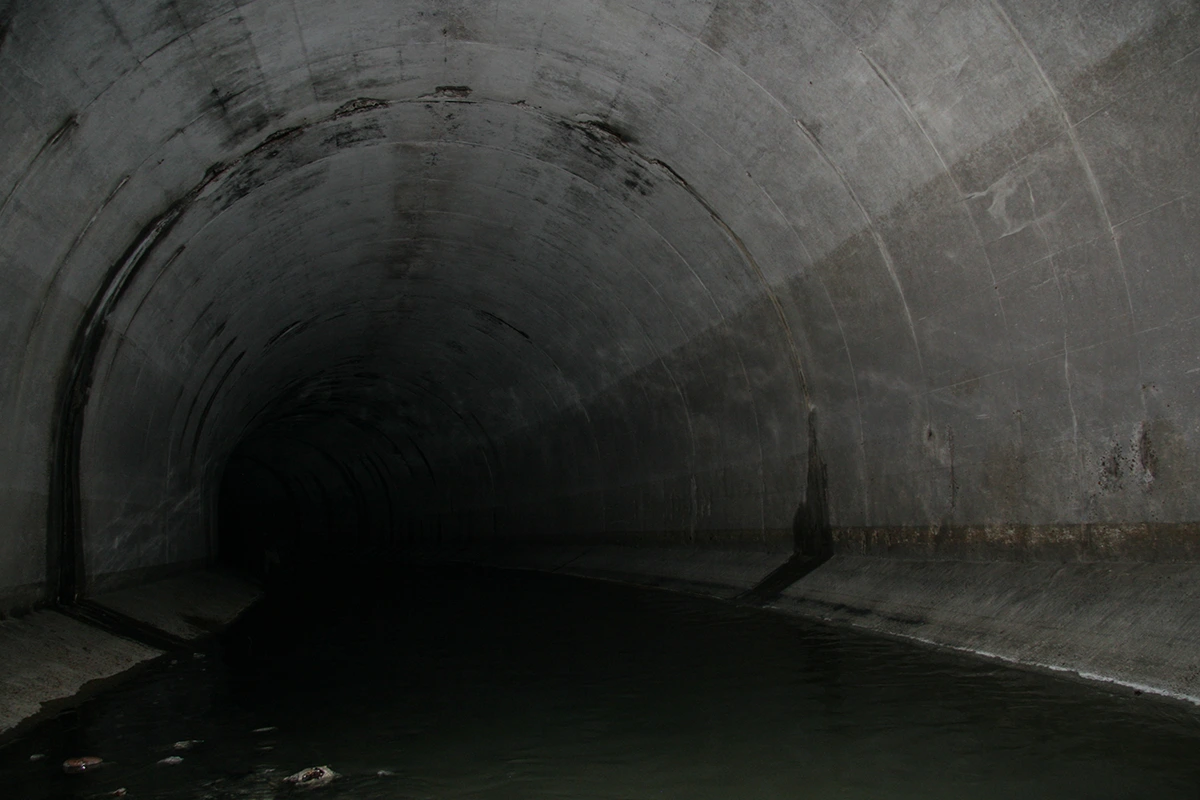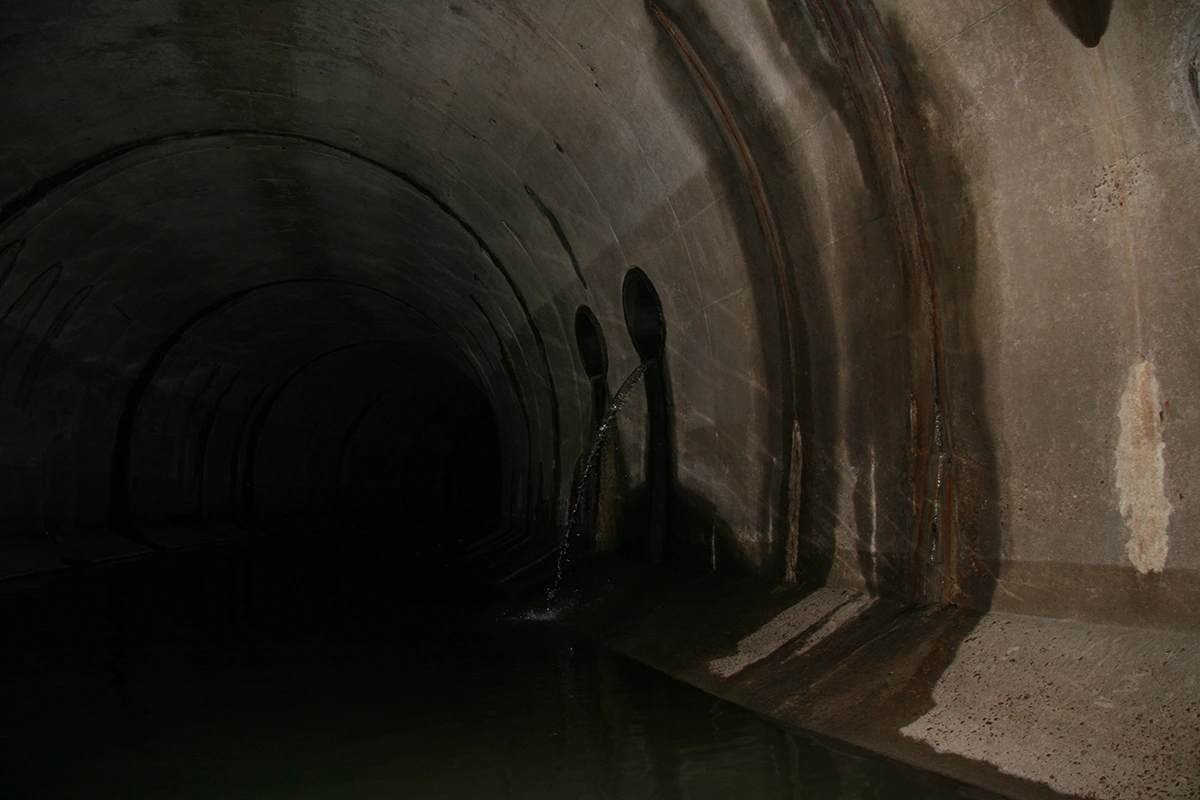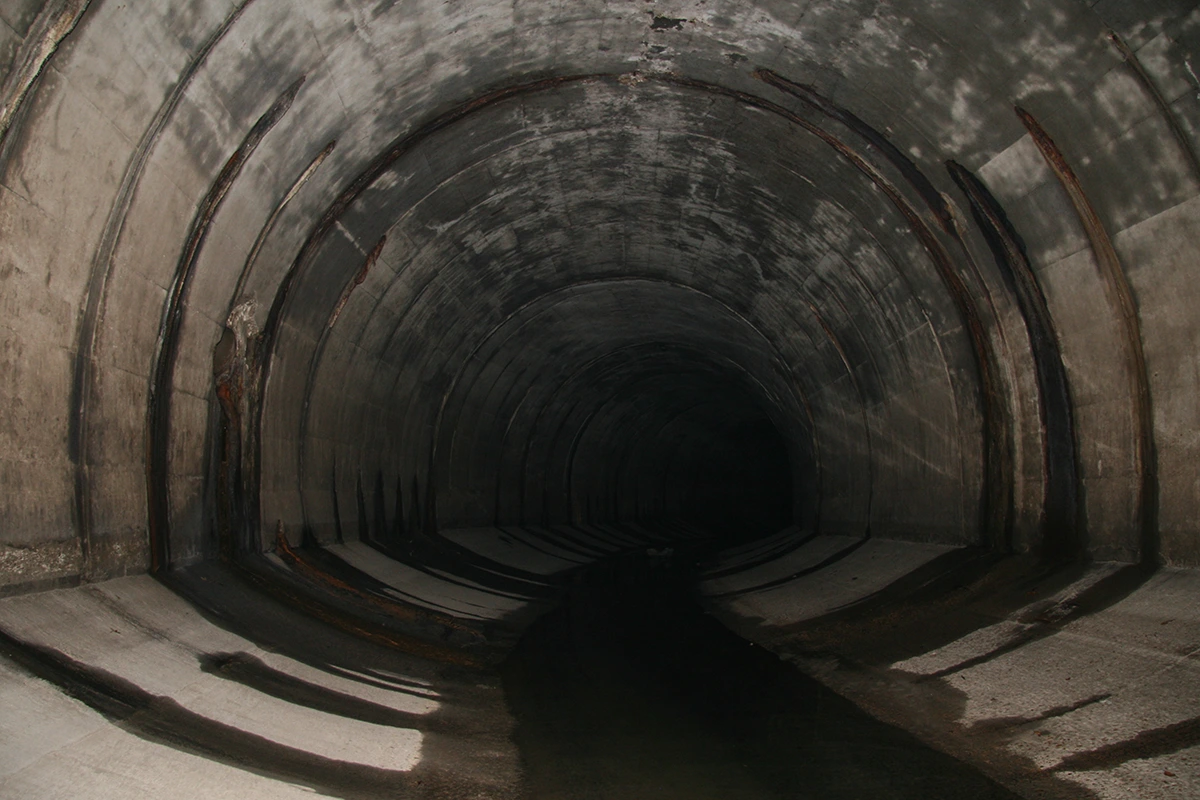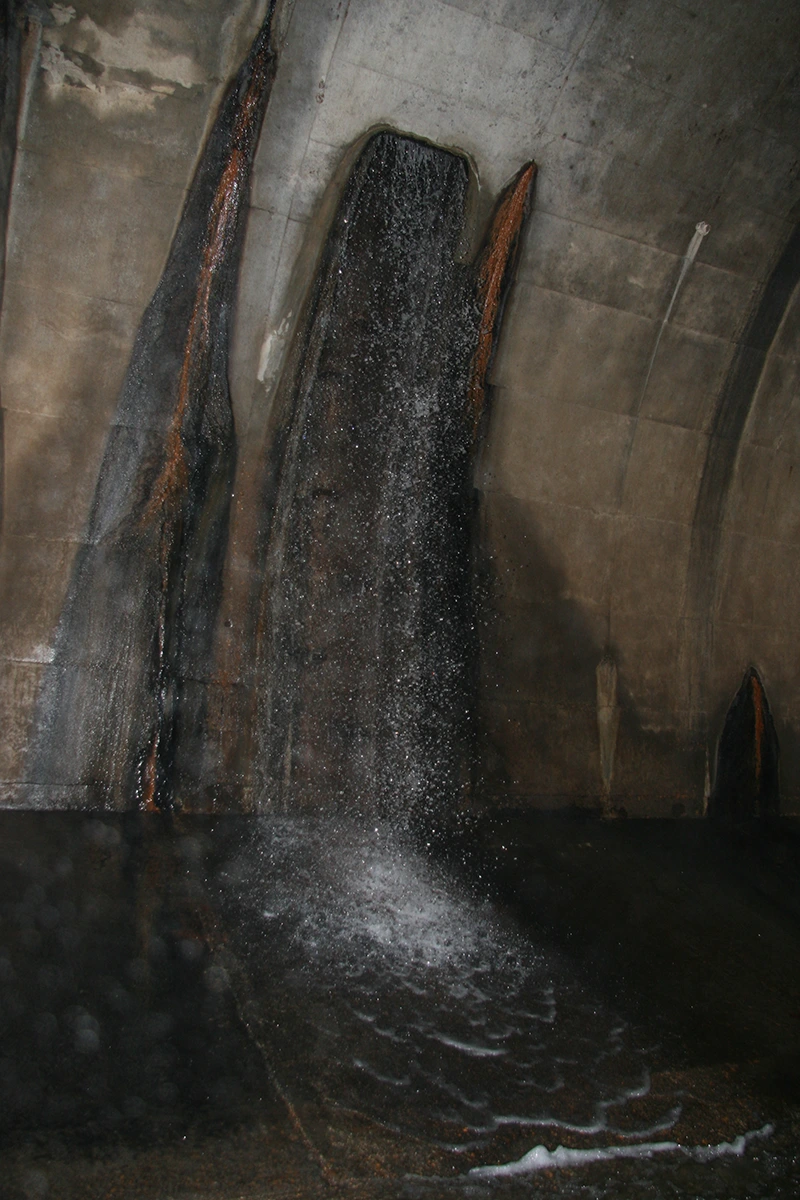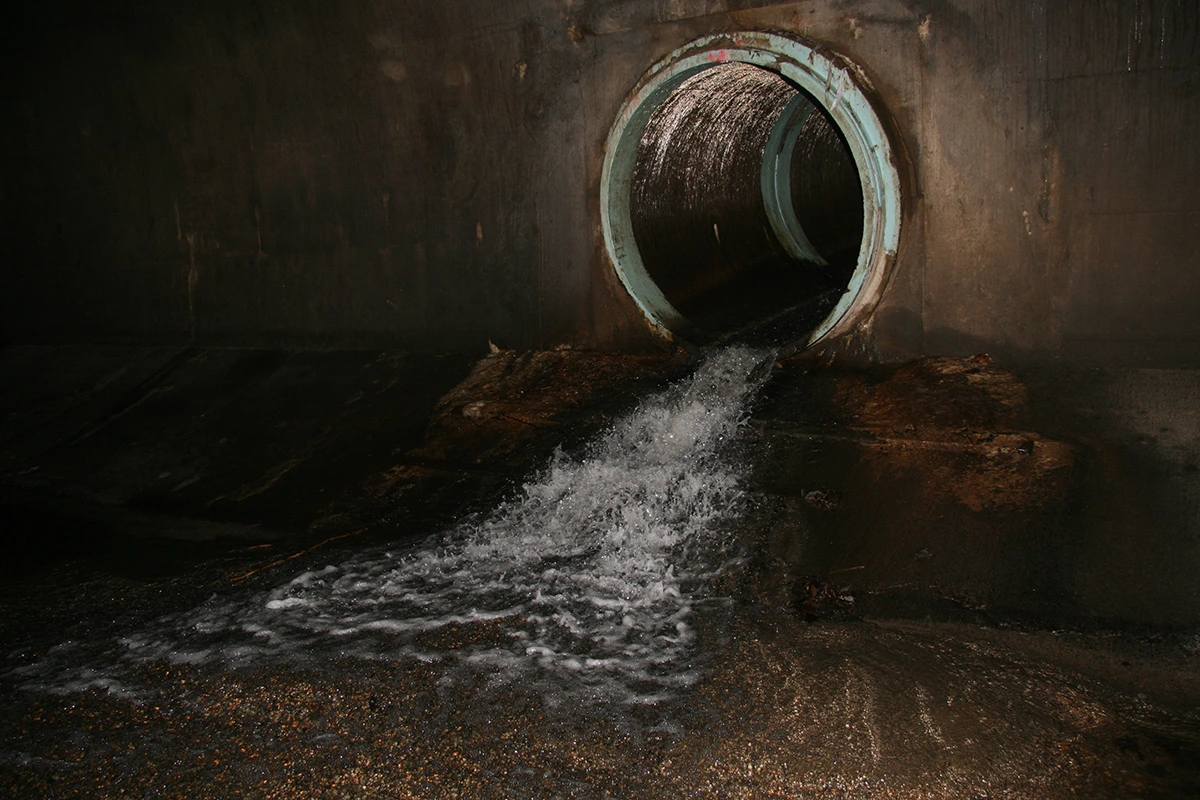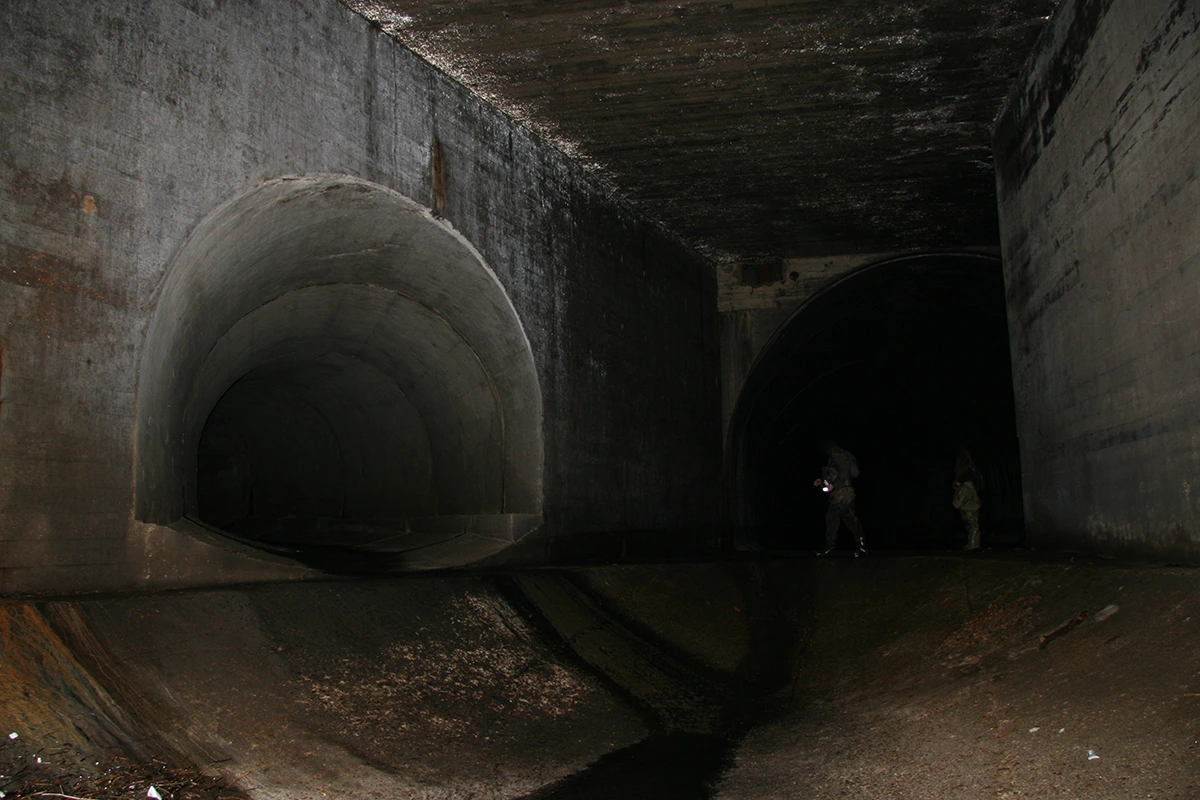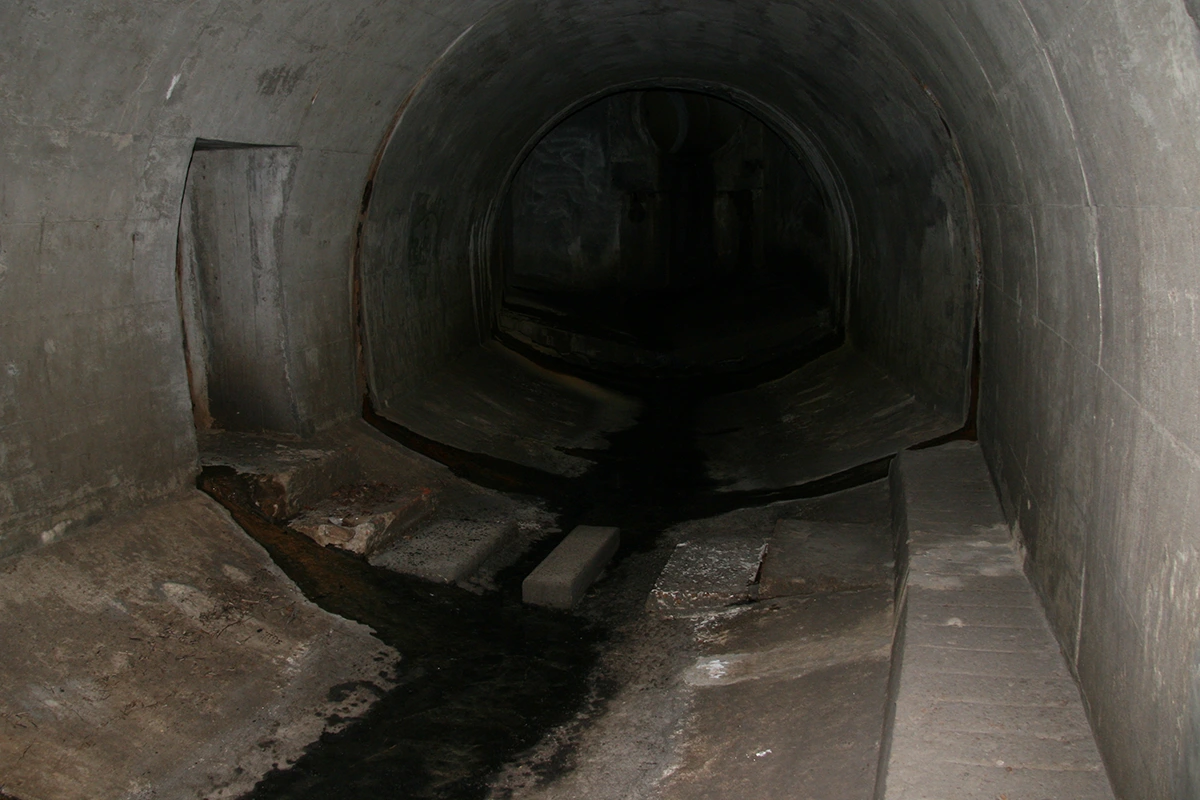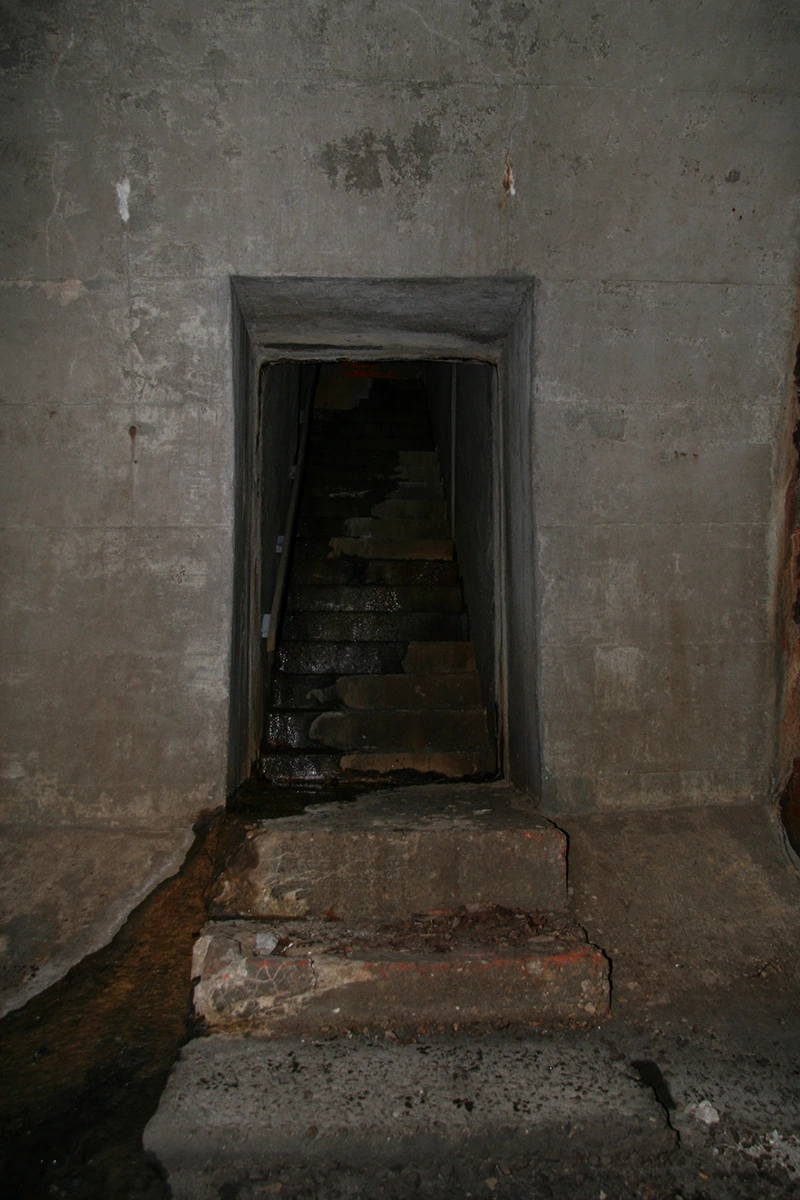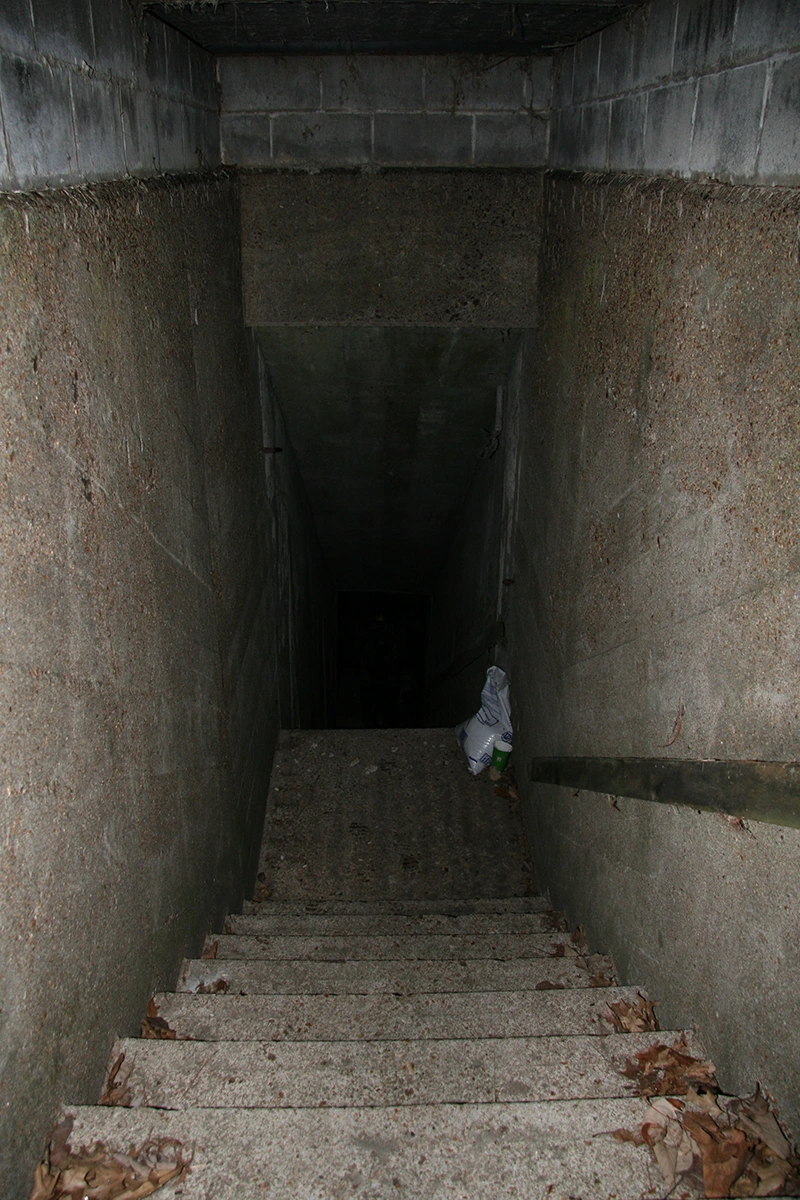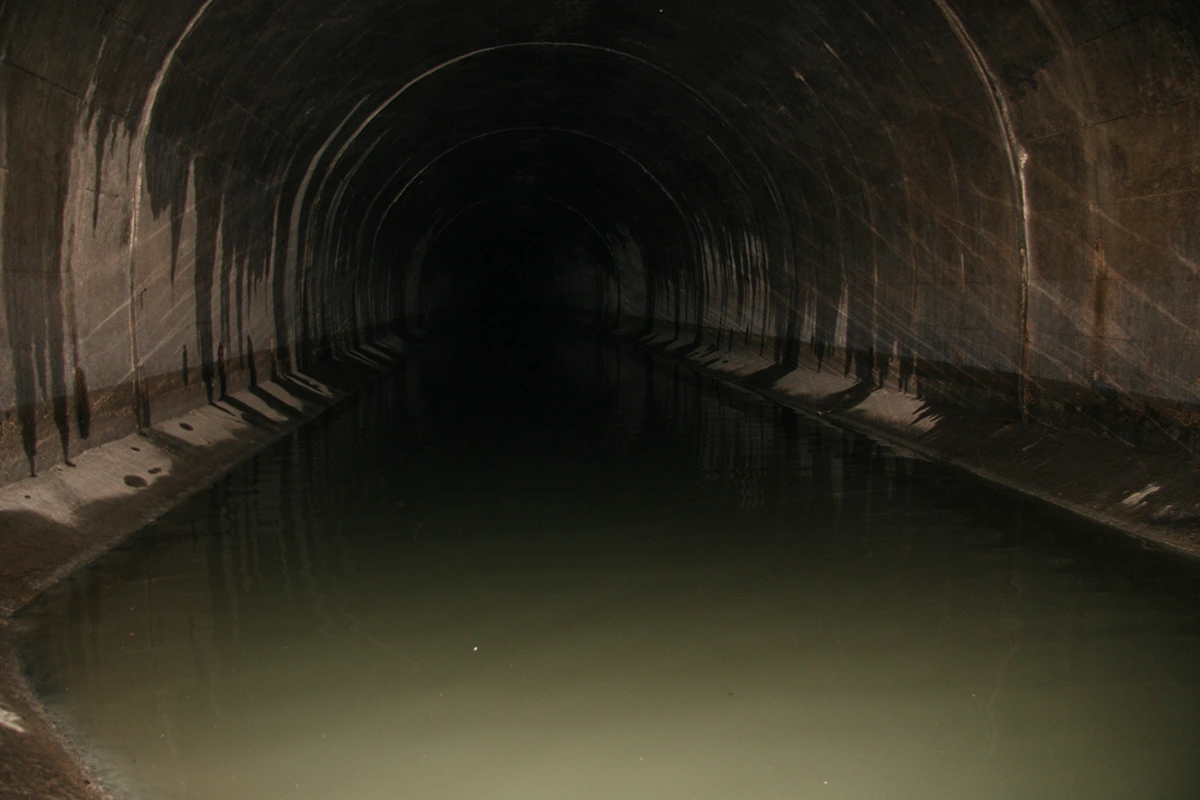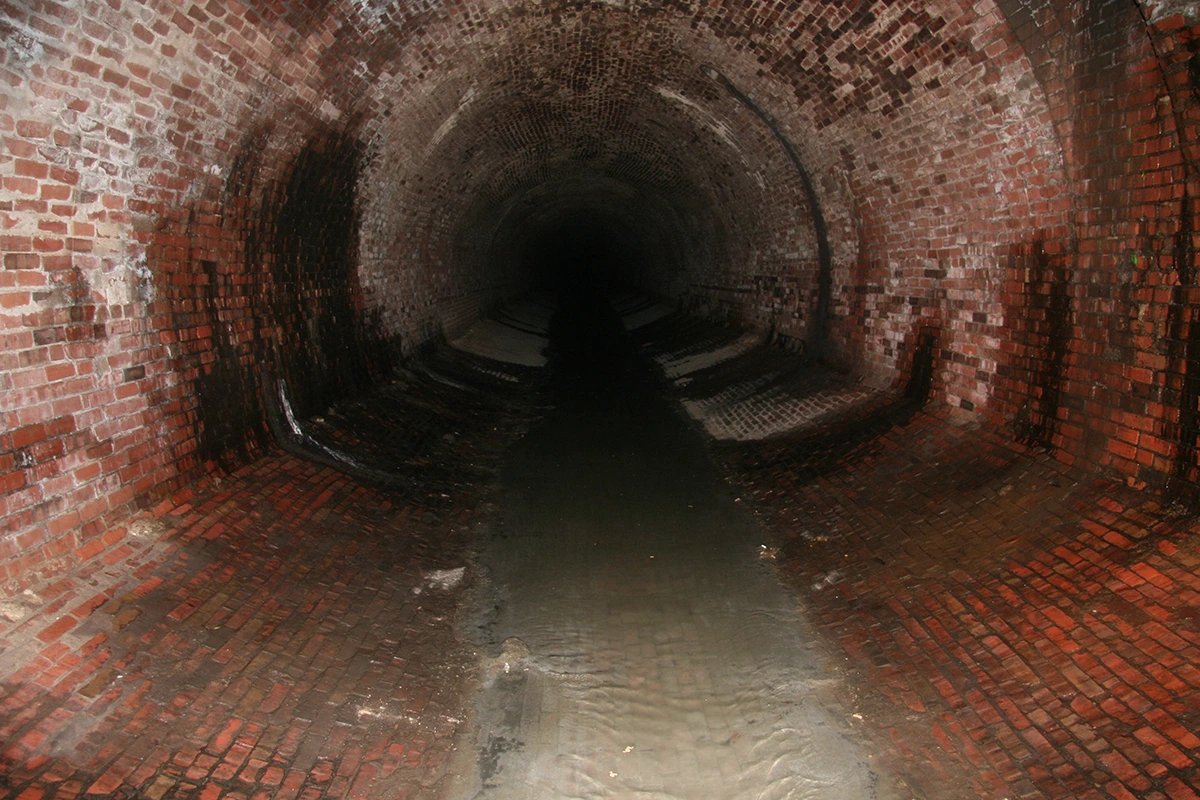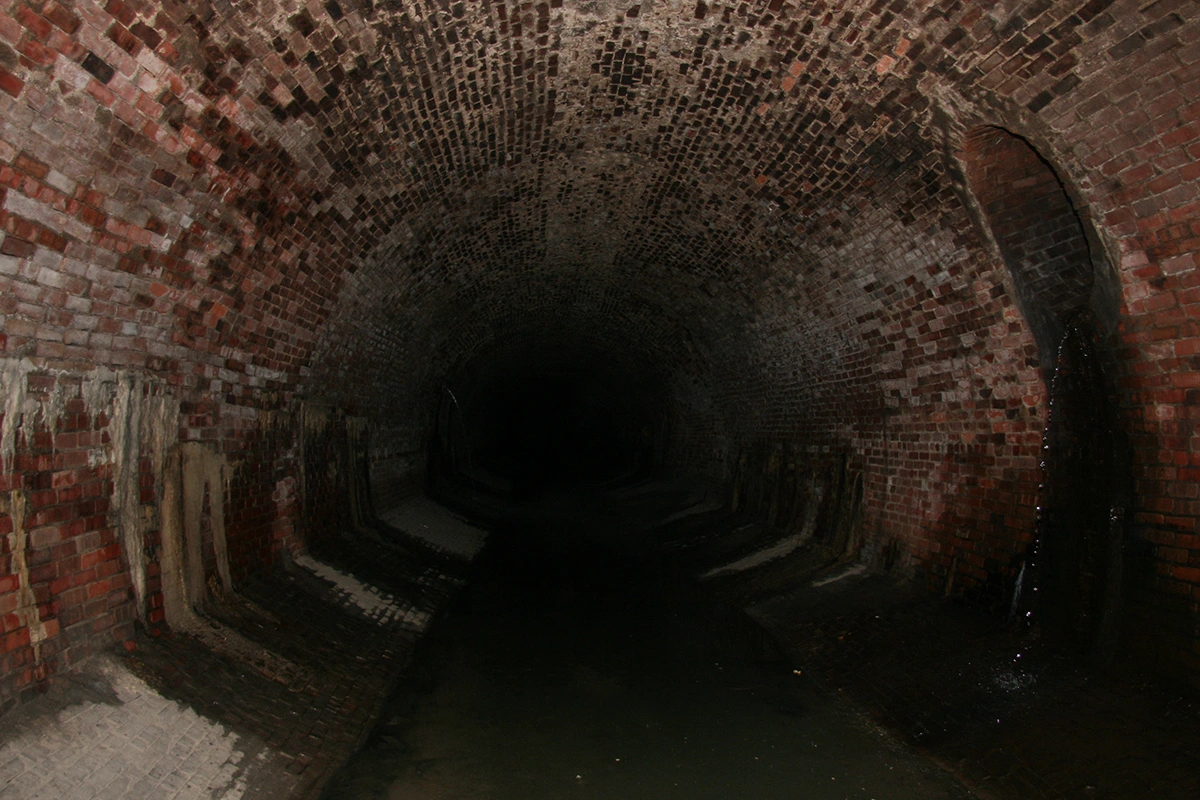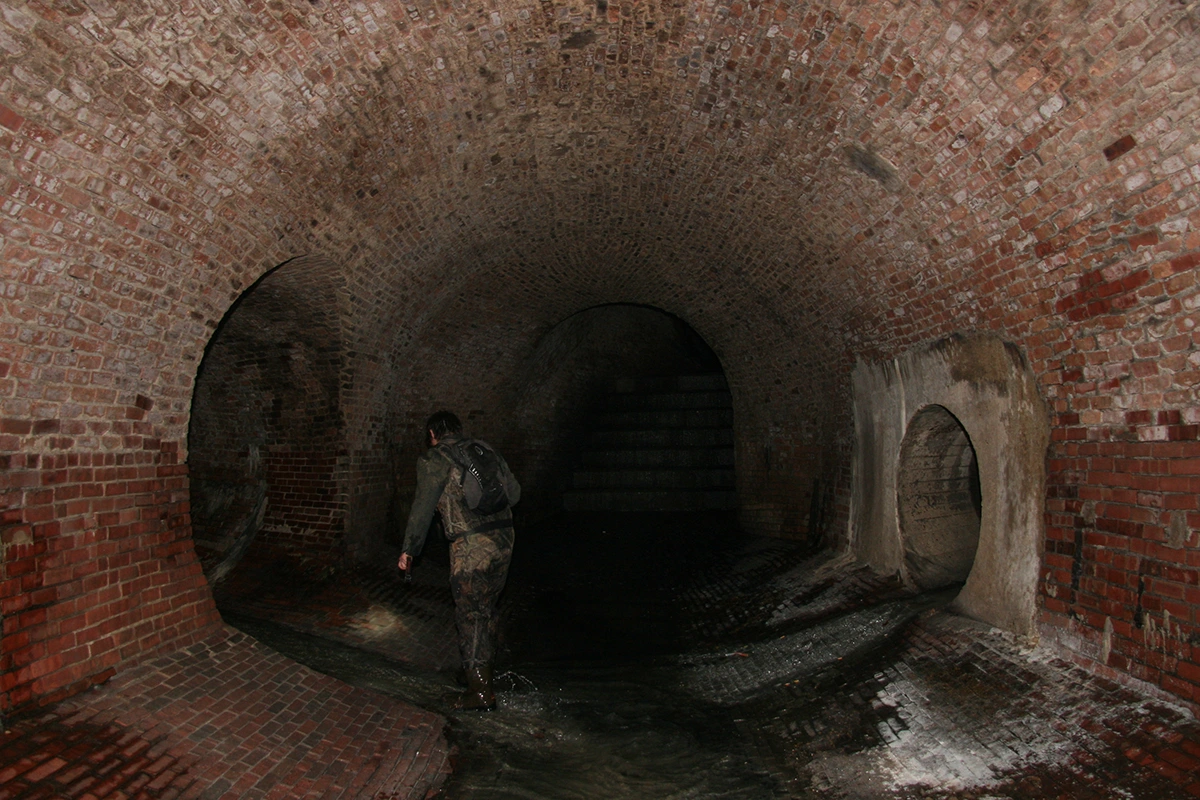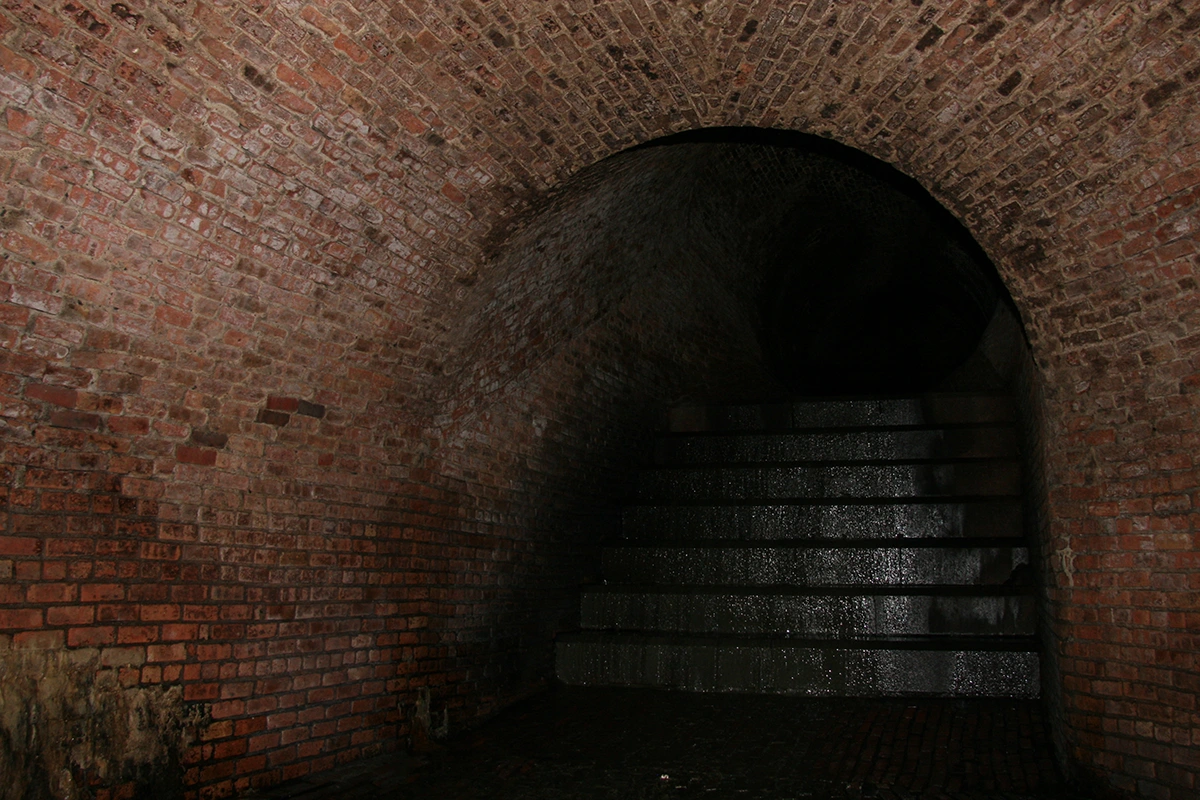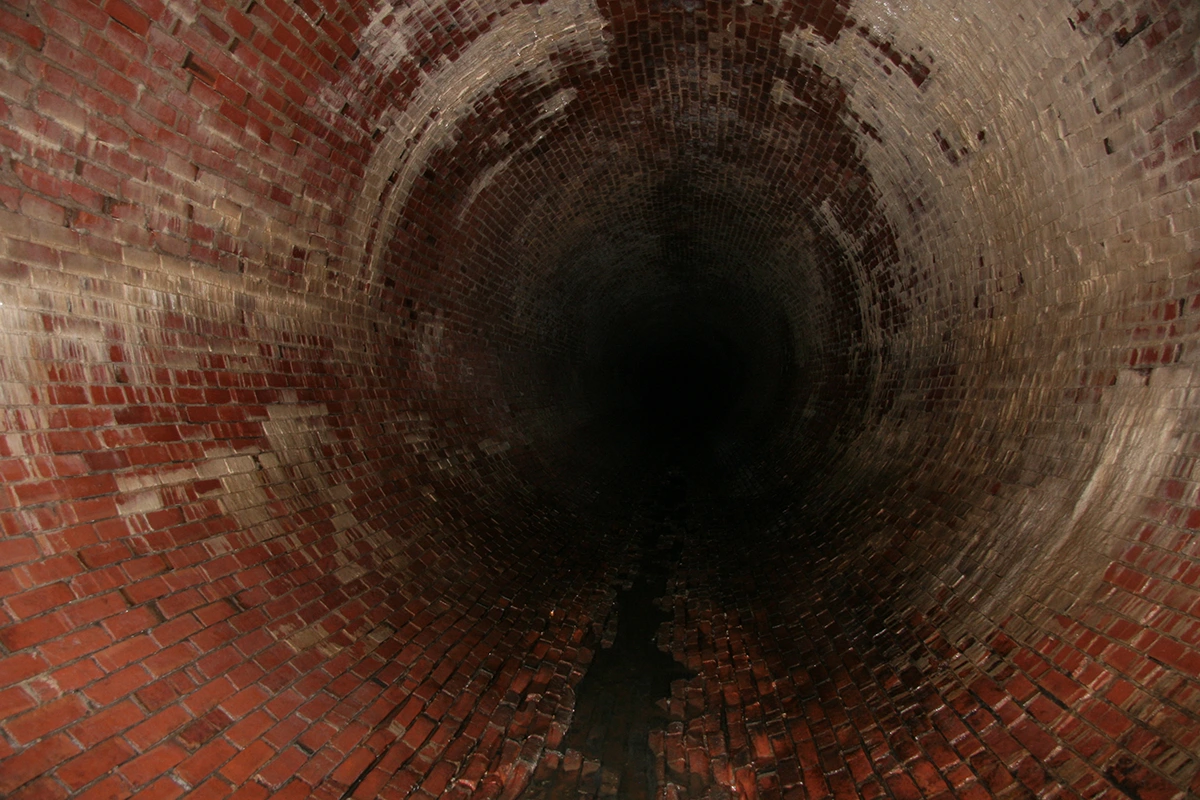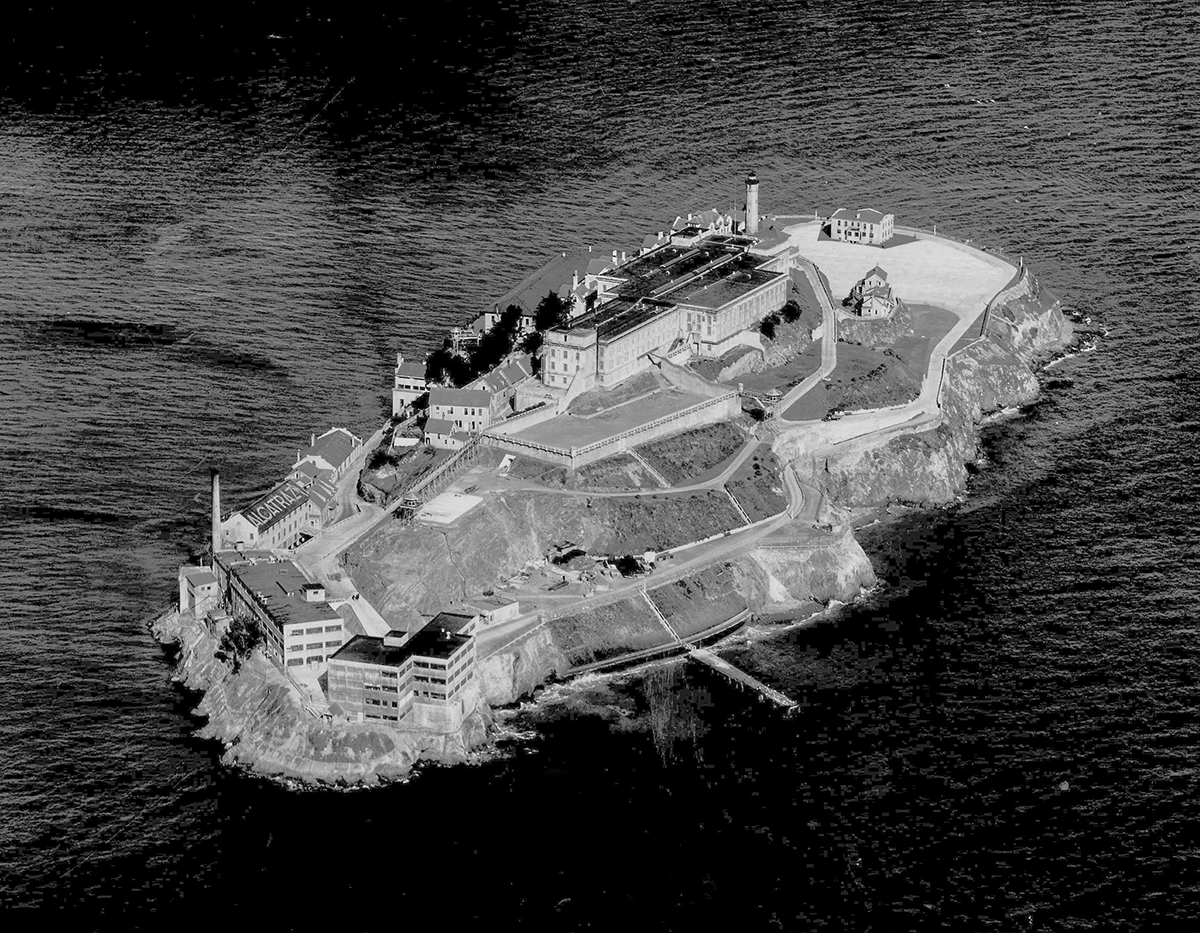Sunday, March 16, 2014
"The name, meaning "River of the Fathers," is of French origin, and was given by locals because a mission of Jesuit Catholic priests resided near the confluence of the river with the Mississippi. The priests were established in 1700 and soon moved south in 1703 to Kaskaskia, probably as a result of conflict with American Indians, roughly 60 years prior to the founding of St. Louis. There is also a city of the same name, located in west St. Louis County."
"In preparation for the 1904 World's Fair, the portion that flows through Forest Park was disguised by temporary wooden channels. Shortly thereafter, that portion was placed entirely underground. More recently, an artificial water flow was created in its stead, using the city's water supply. This is often mistakenly considered a re-creation of the original River des Peres. However, the water flow here is deliberately produced, not derived from rainfall, or runoff, etc., and thus cannot be considered a re-creation of the river. The resemblance of the water feature to a picturesque river scene was an attempt to maintain continuity with the appearance of the rest of Forest Park's landscape, which for the most part, excepting significantly recent additions to the Art Museum (by Peter Walker), upholds the original, early twentieth century pastoral design intentions of George Kessler."
"The River des Peres has functioned as a combined sanitary sewer and storm drain for over 100 years. In the early 1930s, following high demand for preventive safety measures brought on by a series of fatal floods, the river was channelized, with its upper sections redirected underground in large sewage pipes. Design and construction was led by the United States Army Corps of Engineers, Horner & Shifrin, and the Works Progress Administration. The lower banks of the river, most notably along Willmore Park and the River des Peres Greenway, were lined with quarried limestone, producing a distinct landmark for decades to come. "Safety First / W.P.A." is writen in mosaics along the eastern banks."
SOURCE: WikipediaLabels: draining, drains, river des peres, saint louis, sewer, tunnels, underground, urban exploration, urbex
1 Comment:
-
- Anonymous said...
April 4, 2017 at 10:59 AMTo me, it's an astonishing and highly informative about a feature of the city that's not readily apparent. At the meeting of it with the Mississippi, J.B.Eads placed a ship-building site that built the City Class of riverine ironclads, which were crucial in the Civil War, contributing greatly to victory.
